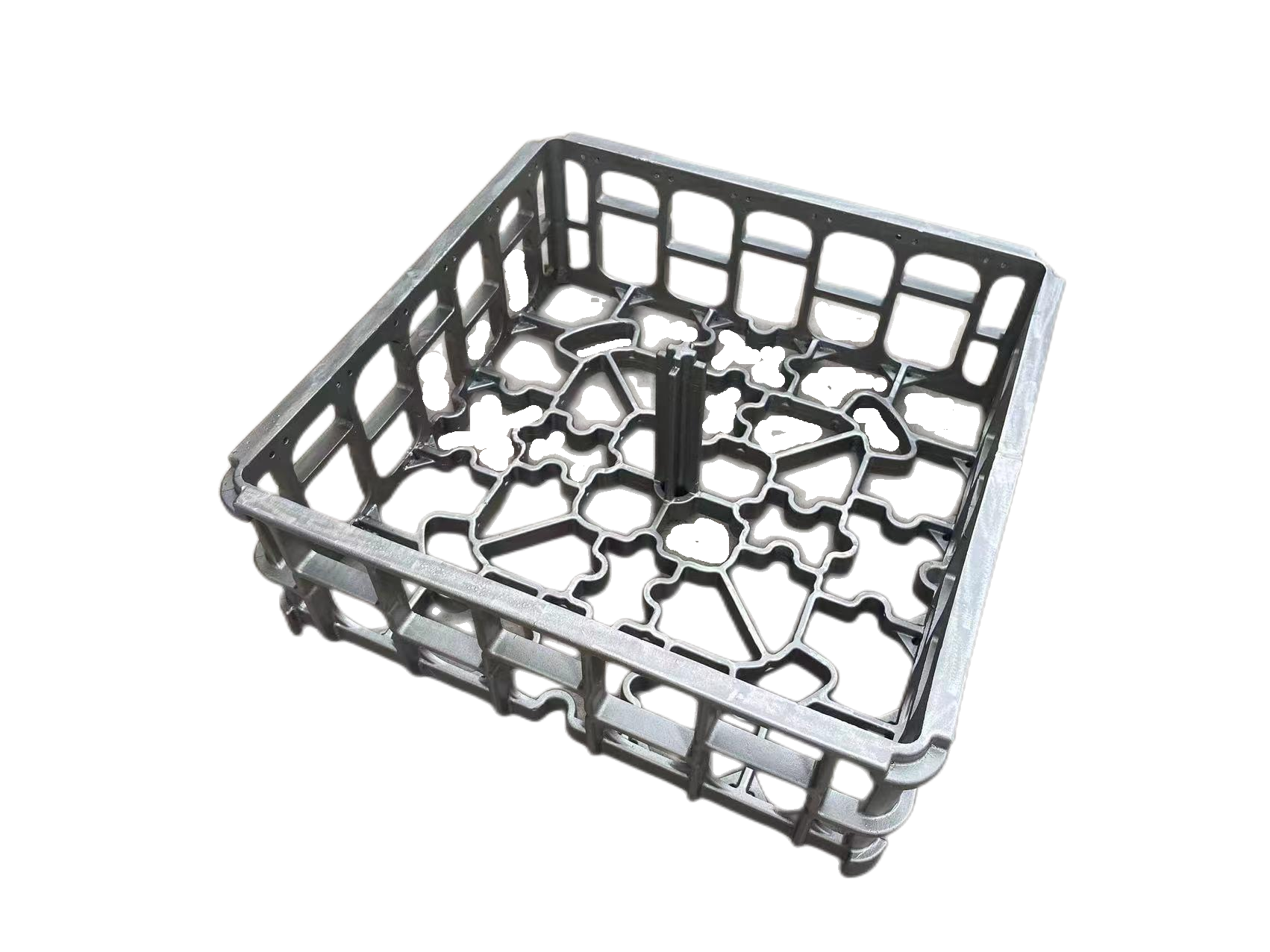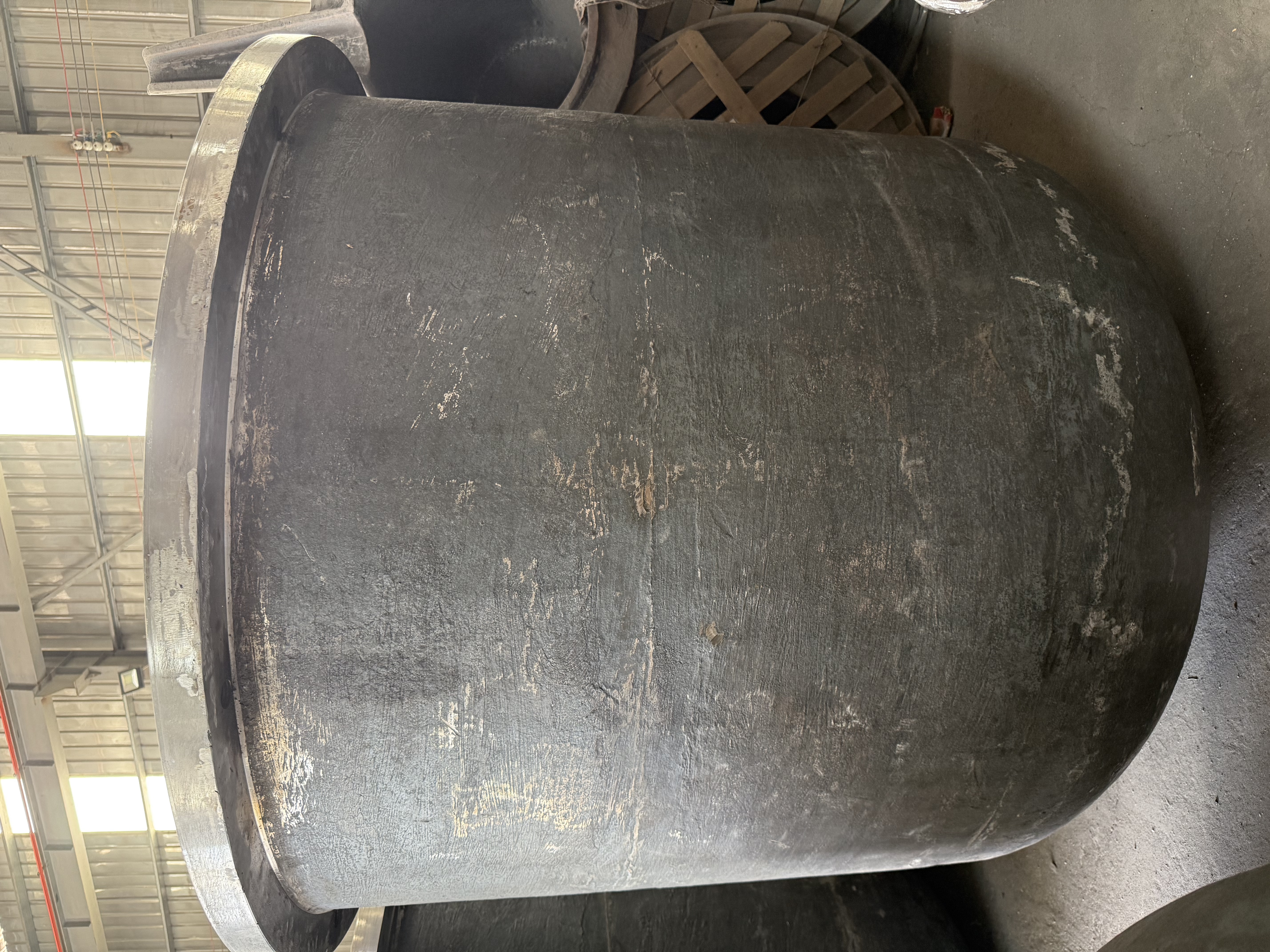lost wax casting service
Lost wax casting, also known as investment casting, is a sophisticated manufacturing process that enables the production of intricate metal parts with exceptional precision and surface finish. This time-tested method begins with creating a wax pattern that perfectly mirrors the desired final product. The pattern is then coated with ceramic material to form a robust shell, after which the wax is melted and drained away, leaving a precise cavity. Molten metal is subsequently poured into this cavity, and once cooled, the ceramic shell is broken away to reveal the final casting. This process excels in producing complex geometries, internal cavities, and fine details that would be challenging or impossible to achieve through traditional manufacturing methods. The service is particularly valuable in industries requiring high-precision components, such as aerospace, medical devices, and artistic sculptures. Modern lost wax casting incorporates advanced technologies like 3D printing for pattern creation and computer-controlled furnaces for optimal metal pouring, ensuring consistent quality and reduced lead times. The versatility of this process allows for the use of various metals and alloys, from precious metals to high-performance steel alloys, making it an indispensable service for both industrial and artistic applications.

